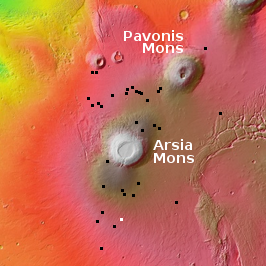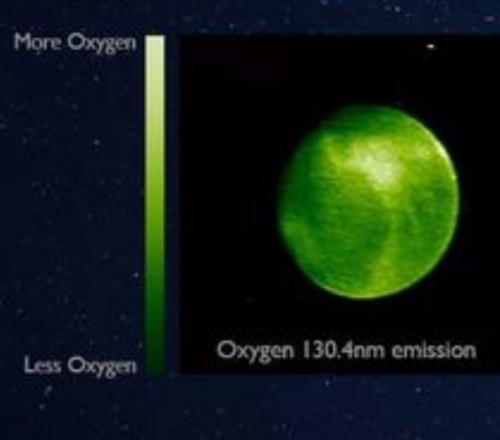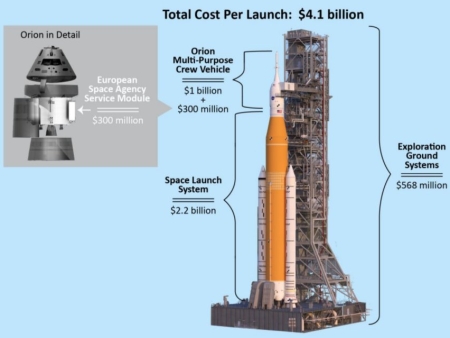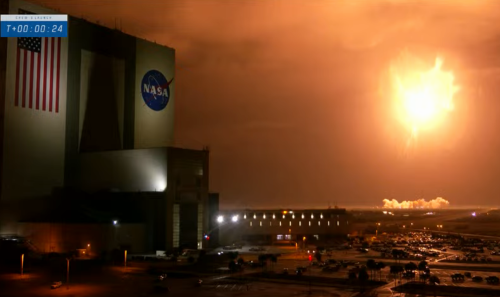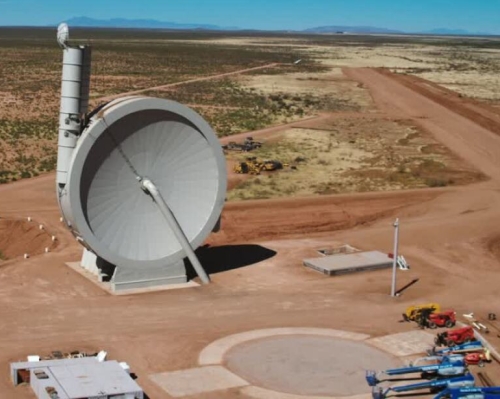Musk lays out Starship testing plan
Capitalism in space: In a meeting in Washington today, Elon Musk laid out SpaceX’s upcoming testing plan for developing its Starship/Superheavy heavy-lift reusable rocket.
“We’ve completed the first orbital booster and first orbital ship, and we’ll be complete with the launch pad and launch tower later this month, and then we’ll do a bunch of tests in December, and hopefully launch in January,” Musk said. “There’s a lot of risk associated with this first launch, so I would not say it is likely to be successful, but I think we’ll make a lot of progress,” musk said. “We’ve also built a factory for making a lot of these vehicles. So this is not a case for just one or two. We’re aiming to make a great many.
“We intend to do hopefully a dozen launches next year, maybe more,” Musk said. “And if we’re successful with it being fully reusable, that means we build up the fleet just as we are with the Falcon 9 booster, which is reused.”
Musk says the cost of a Starship launch will eventually fall below the cost of a Falcon 9 rocket flight, which a SpaceX manager said last year can fall below $30 million with reused parts.
“Basically, we intend to complete the test flight program next year, which means it’s probably ready for valuable payloads that are not for testing, but actual real payloads, in 2023.”
According to this schedule 2022 will be devoted to refining the rocket to make it dependable, and 2023 will be used to fly unmanned cargo flights to prove it out for later manned flights.
SpaceX will also likely develop in parallel the various expected versions of Starship, including the refueling ship, the manned lunar lander, and ships used for point-to-point transportation on Earth.
Capitalism in space: In a meeting in Washington today, Elon Musk laid out SpaceX’s upcoming testing plan for developing its Starship/Superheavy heavy-lift reusable rocket.
“We’ve completed the first orbital booster and first orbital ship, and we’ll be complete with the launch pad and launch tower later this month, and then we’ll do a bunch of tests in December, and hopefully launch in January,” Musk said. “There’s a lot of risk associated with this first launch, so I would not say it is likely to be successful, but I think we’ll make a lot of progress,” musk said. “We’ve also built a factory for making a lot of these vehicles. So this is not a case for just one or two. We’re aiming to make a great many.
“We intend to do hopefully a dozen launches next year, maybe more,” Musk said. “And if we’re successful with it being fully reusable, that means we build up the fleet just as we are with the Falcon 9 booster, which is reused.”
Musk says the cost of a Starship launch will eventually fall below the cost of a Falcon 9 rocket flight, which a SpaceX manager said last year can fall below $30 million with reused parts.
“Basically, we intend to complete the test flight program next year, which means it’s probably ready for valuable payloads that are not for testing, but actual real payloads, in 2023.”
According to this schedule 2022 will be devoted to refining the rocket to make it dependable, and 2023 will be used to fly unmanned cargo flights to prove it out for later manned flights.
SpaceX will also likely develop in parallel the various expected versions of Starship, including the refueling ship, the manned lunar lander, and ships used for point-to-point transportation on Earth.

